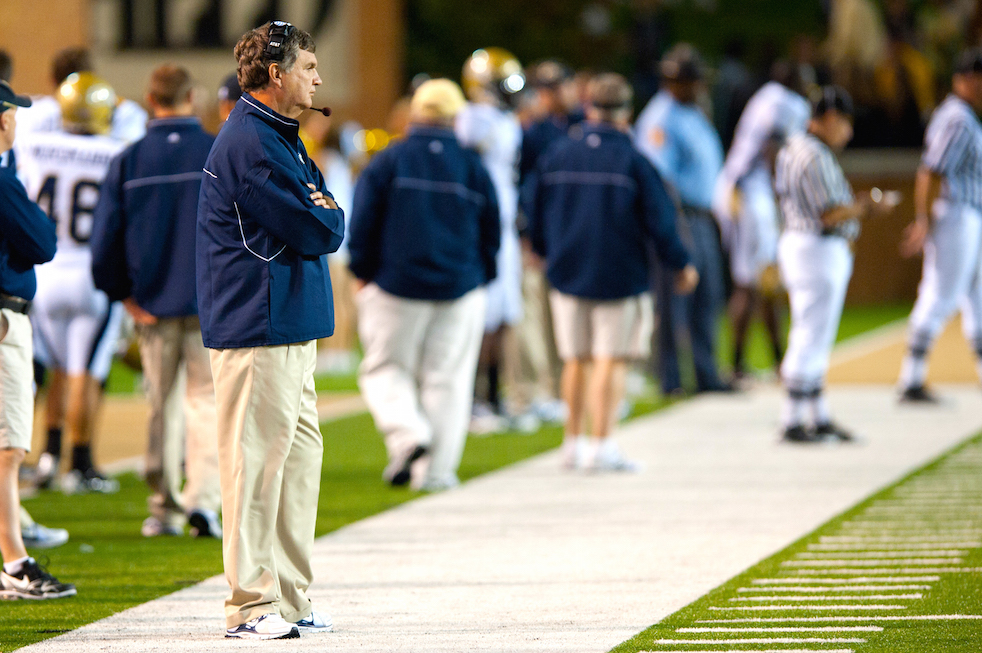
Beginning Friday Oct. 13, Stamps Health Services began receiving a large amount of cases of students reporting nausea, vomiting and diarrhea. On Friday alone, there were 15 students admitted to Stamps who reported the symptoms, and those numbers continued on Monday and Tuesday at the beginning of this week.
From Wednesday, Oct. 11, to the end of Tuesday, Oct., 17, Stamps received 65 students with the reported symptoms, and Emory University Hospital Midtown received around 10 Tech students in the same time period. If any students went to a clinic besides those two their visits have not been recorded officially by Stamps. Since Friday, Oct., 13, there have been 87 total confirmed cases of students experiencing
these symptoms.
According to Senior Director of Stamps Health Services, Dr. Benjamin Holton, “there is no clear-cut pattern that this is food poisoning related to something [students] ate in a dining hall.” He reported that they had received students who had eaten on east campus, west campus and even off campus who all reported to Stamps with the same symptoms.
Dr. Holton made it abundantly clear that the origin and organism causing this illness is unknown; however, Stamps is working with the Fulton Country Health Department (FCHD) to identify the organism responsible as soon as possible. The results of testing of stool samples that FCHD picked up from Stamps on Tuesday may not be out for several days to maybe over a week.
In addition to the FCHD, Dr. Holton and Stamps have contacted a research group at Emory Hospital Midtown that has a rapid test for norovirus, but at this time the group has not responded.
While Stamps and the rest of Tech employees are working to stop the spread of the illness they are relying on students, faculty and staff for containment.
“The most important thing that students can do is wash their hands, and it has to be with soap and water, an alcohol based hand sanitizer is not sufficient,” Holton said.
Additionally, Stamps put out a list of things students should do, both those who are sick and those who are not. Students should not share food, utensils or any drinking containers. If a student develops any of the symptoms they should stay home until their symptoms are gone for 24 hours. Finally, cleaning should be done of all surfaces and clothing. Meaning washing clothes on the longest cycle, and all surfaces should be disinfected with a disinfectant like a diluted bleach solution.
As of now, Stamps is treating the illness as norovirus and their recommendations are recommendations commonly given to deal with it. While they do not have the organism causing the illness, treating the illness as norovirus and prescribing steps to prevent it stops the spread of any of the organisms causing this illness.
In addition to students, Stamps has talked to Dining, Housing and Parking & Transportation Services. Dining checked all instruments that measure food safety and temperature and found no indications that their food was outside of the safe range. Furthermore, no dining employees have been out sick recently with GI illnesses. Dining has cleaned all equipment and reviewed proper safety procedures with employees. They are using disposable tongs and utensils and rotating these out whenever possible.
PTS, the student center and the CRC are all taking extra effort to wipe down any common use areas. Housing is doing extra cleaning using supplies specifically meant for dealing with GI illnesses. Additionally, any soiled bathrooms are being cleaned thoroughly and promptly.
As of now, while the cause and origin of the illness and unknown, students, faculty and staff should follow the direction of Stamps and check their website for updates at health.gatech.edu.









